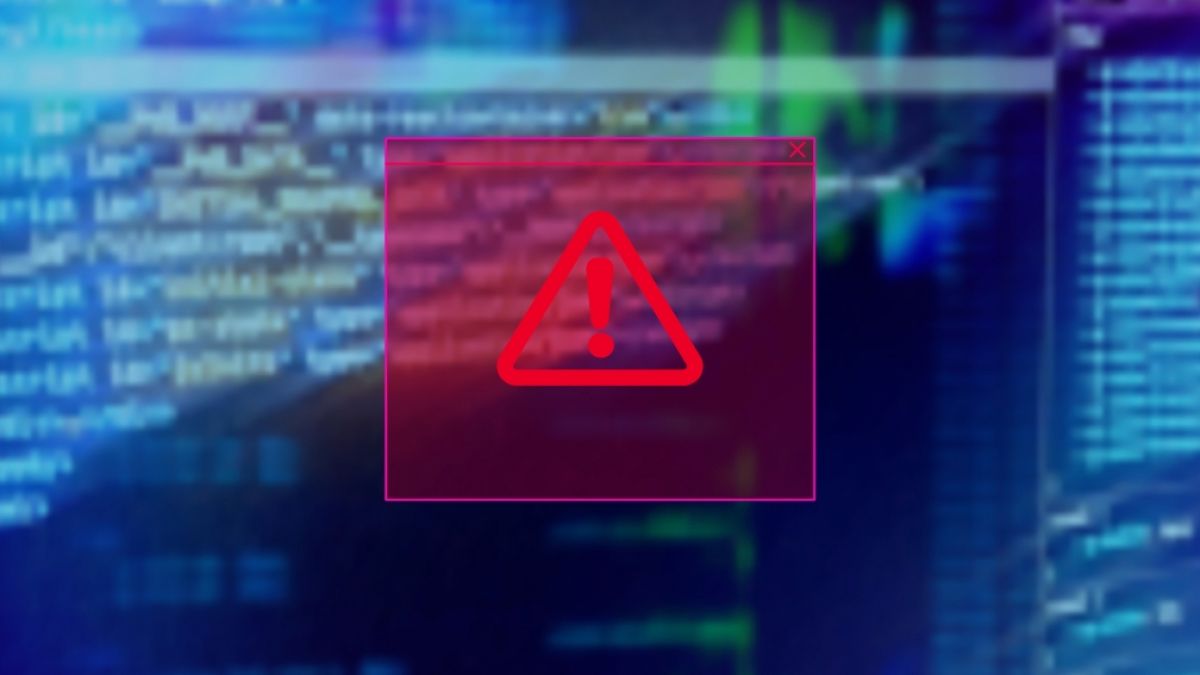As the BSI is currently reporting, vulnerabilities have been identified for Tenable Security Nessus. You can read here on news.de which operating systems and products are affected by the security gaps.
The latest manufacturer recommendations regarding updates, workarounds and security patches for this vulnerability can be found here: Tenable Security Advisory (Stand: 29.06.2023).
Multiple vulnerabilities reported for Tenable Security Nessus – Risk: High
Risk level: 4 (high)
CVSS Base Score: 9,8
CVSS Temporal Score: 8,5
Remoteangriff: Ja
The Common Vulnerability Scoring System (CVSS) is used to assess the severity of security vulnerabilities in computer systems. The CVSS standard makes it possible to compare potential or actual security vulnerabilities based on various criteria in order to create a list of priorities for initiating countermeasures. The attributes “none”, “low”, “medium”, “high” and “critical” are used for the severity of a vulnerability. The base score assesses the prerequisites for an attack (including authentication, complexity, privileges, user interaction) and its consequences. The Temporal Score also takes into account changes over time with regard to the risk situation. The risk of the current vulnerability is classified as “high” according to the CVSS with a base score of 9.8.
Tenable Security Nessus Bug: Description of the attack
Nessus is a vulnerability scanner which, in addition to known vulnerabilities, can also check software patch levels and configurations.
A remote, anonymous, authenticated, or local attacker could exploit multiple vulnerabilities in Tenable Security Nessus to execute arbitrary code, disclose sensitive information, cause a denial of service condition, and compromise data.
The vulnerability is identified with the unique CVE identification numbers (Common Vulnerabilities and Exposures) CVE-2023-32067, CVE-2023-31147, CVE-2023-31130, CVE-2023-31124, CVE-2023-29469, CVE-2023-28484, CVE-2023-28322, CVE-2023-28321, CVE-2023-28320, CVE-2023-27538, CVE-2023-27536, CVE-2023-27535, CVE-2023-27534, CVE-2023-27533, CVE-2023-2650, CVE-2023-23916, CVE-2023-23915, CVE-2023-23914, CVE-2023-1255, CVE-2023-0466, CVE-2023-0465, CVE-2022-4904, CVE-2022-46908, CVE-2022-43552, CVE-2022-43551, CVE-2022-42916, CVE-2022-42915, CVE-2022-40304, CVE-2022-40303, CVE-2022-35737, CVE-2022-35252, CVE-2022-32221, CVE-2022-32208, CVE-2022-32207, CVE-2022-32206, CVE-2022-32205, CVE-2022-31160, CVE-2022-29824, CVE-2022-27782, CVE-2022-27781, CVE-2022-27776, CVE-2022-27775, CVE-2022-27774, CVE-2022-23395, CVE-2022-23308, CVE-2022-22576, CVE-2021-45346, CVE-2021-3672, CVE-2021-36690, CVE-2021-3541, CVE-2021-3537, CVE-2021-3518, CVE-2021-3517, CVE-2021-31239, CVE-2021-30560, CVE-2021-20227, CVE-2020-9327, CVE-2020-7595, CVE-2020-35527, CVE-2020-35525, CVE-2020-24977, CVE-2020-15358, CVE-2020-14155, CVE-2020-13871, CVE-2020-13632, CVE-2020-13631, CVE-2020-13630, CVE-2020-13435, CVE-2020-13434, CVE-2020-11656, CVE-2020-11655, CVE-2019-9937, CVE-2019-9936, CVE-2019-8457, CVE-2019-5815, CVE-2019-20838, CVE-2019-20388, CVE-2019-20218, CVE-2019-19959, CVE-2019-19956, CVE-2019-19926, CVE-2019-19925, CVE-2019-19924, CVE-2019-19923, CVE-2019-19880, CVE-2019-19646, CVE-2019-19645, CVE-2019-19603, CVE-2019-19317, CVE-2019-19244, CVE-2019-19242, CVE-2019-16168, CVE-2019-13118, CVE-2019-13117, CVE-2019-12900, CVE-2019-11068, CVE-2018-9251, CVE-2018-14567, CVE-2018-14404, CVE-2017-9050, CVE-2017-9049, CVE-2017-9048, CVE-2017-9047, CVE-2017-8872, CVE-2017-7376, CVE-2017-7375, CVE-2017-5969, CVE-2017-5130, CVE-2017-5029, CVE-2017-18258, CVE-2017-16932, CVE-2017-16931, CVE-2017-15412, CVE-2017-1000381, CVE-2017-1000061, CVE-2016-9598, CVE-2016-9597, CVE-2016-9596, CVE-2016-5180, CVE-2016-5131, CVE-2016-4658, CVE-2016-4609, CVE-2016-4607, CVE-2016-4483, CVE-2016-4449, CVE-2016-4448, CVE-2016-4447, CVE-2016-3709, CVE-2016-3705, CVE-2016-3627, CVE-2016-3189, CVE-2016-2073, CVE-2016-1840, CVE-2016-1839, CVE-2016-1838, CVE-2016-1837, CVE-2016-1836, CVE-2016-1834, CVE-2016-1833, CVE-2016-1762, CVE-2016-1684, CVE-2016-1683, CVE-2015-9019, CVE-2015-8806, CVE-2015-8710, CVE-2015-8317, CVE-2015-8242, CVE-2015-8241, CVE-2015-8035, CVE-2015-7995, CVE-2015-7942, CVE-2015-7941, CVE-2015-7500, CVE-2015-7499, CVE-2015-7498, CVE-2015-7497, CVE-2015-5312, CVE-2014-3660, CVE-2013-4520, CVE-2013-2877, CVE-2013-1969, CVE-2013-0339, CVE-2013-0338, CVE-2012-6139, CVE-2012-5134, CVE-2012-2871, CVE-2012-2870, CVE-2012-0841, CVE-2011-3970, CVE-2011-1944, CVE-2011-1202, CVE-2010-4494 und CVE-2010-4008 traded.
Systems affected by the vulnerability at a glance
operating system
Products
Tenable Security Nessus
General measures to deal with IT vulnerabilities
Users of the affected applications should keep them up to date. When security gaps become known, manufacturers are required to remedy them as quickly as possible by developing a patch or a workaround. If security patches are available, install them as soon as possible. For information, consult the sources listed in the next section. These often contain further information on the latest version of the software in question and the availability of security patches or tips on workarounds. If you have any further questions or are unsure, please contact your responsible administrator. IT security officers should regularly check when the IT security warning affected manufacturers makes a new security update available.
Manufacturer information on updates, patches and workarounds
Here you will find further links with information about bug reports, security fixes and workarounds.
Tenable Security Advisory vom 2023-06-29 (30.06.2023)
For more information, see:
Version history of this security alert
This is the initial version of this IT Security Notice for Tenable Security Nessus. As updates are announced, this text will be updated. You can understand the changes made using the following version history.
06/30/2023 – Initial version
+++ Editorial note: This text was created with AI support based on current BSI data. We accept feedback and comments at [email protected]. +++
follow News.de already at Facebook, Twitter, Pinterest and YouTube? Here you will find the latest news, the latest videos and the direct line to the editors.
roj/news.de
